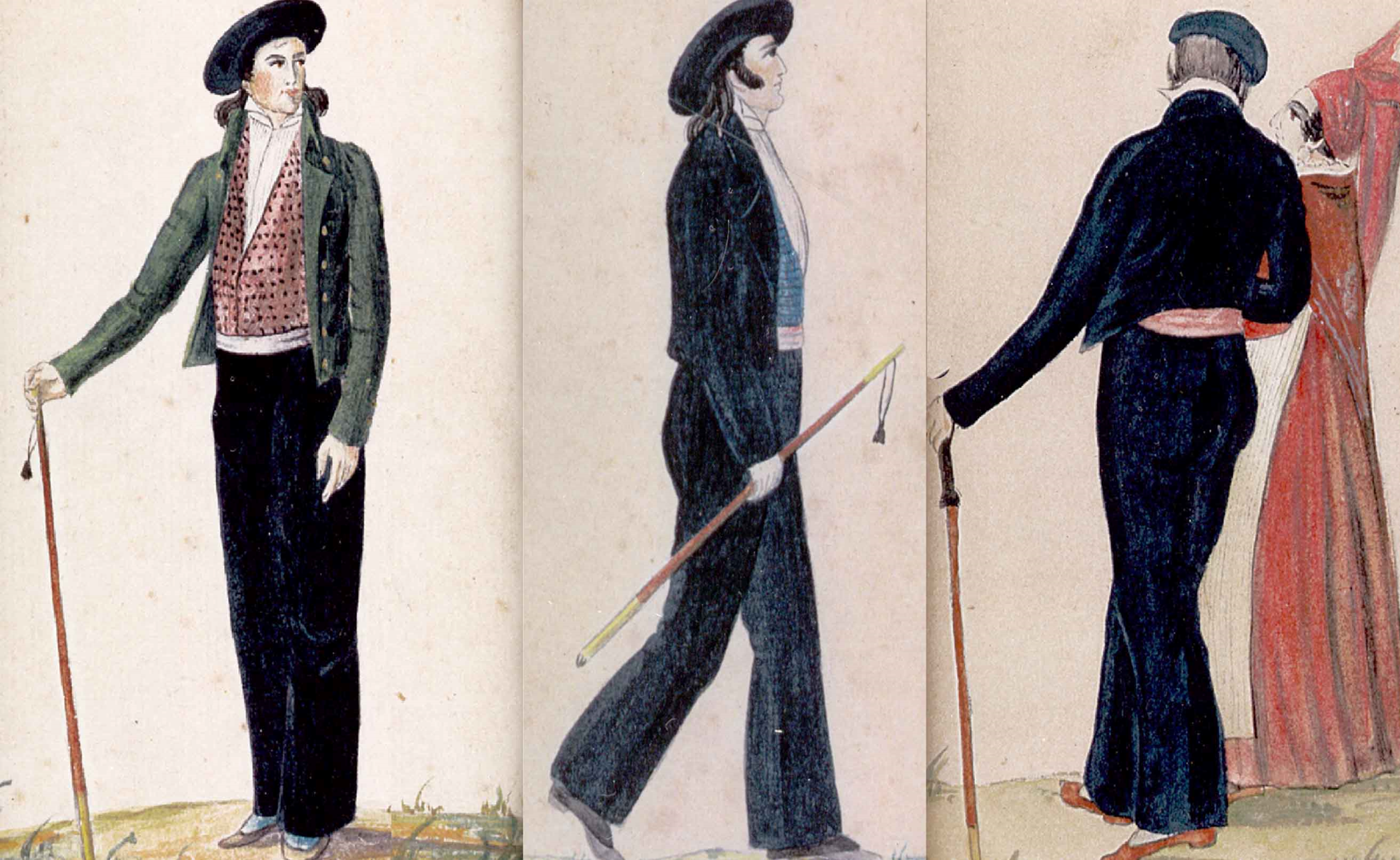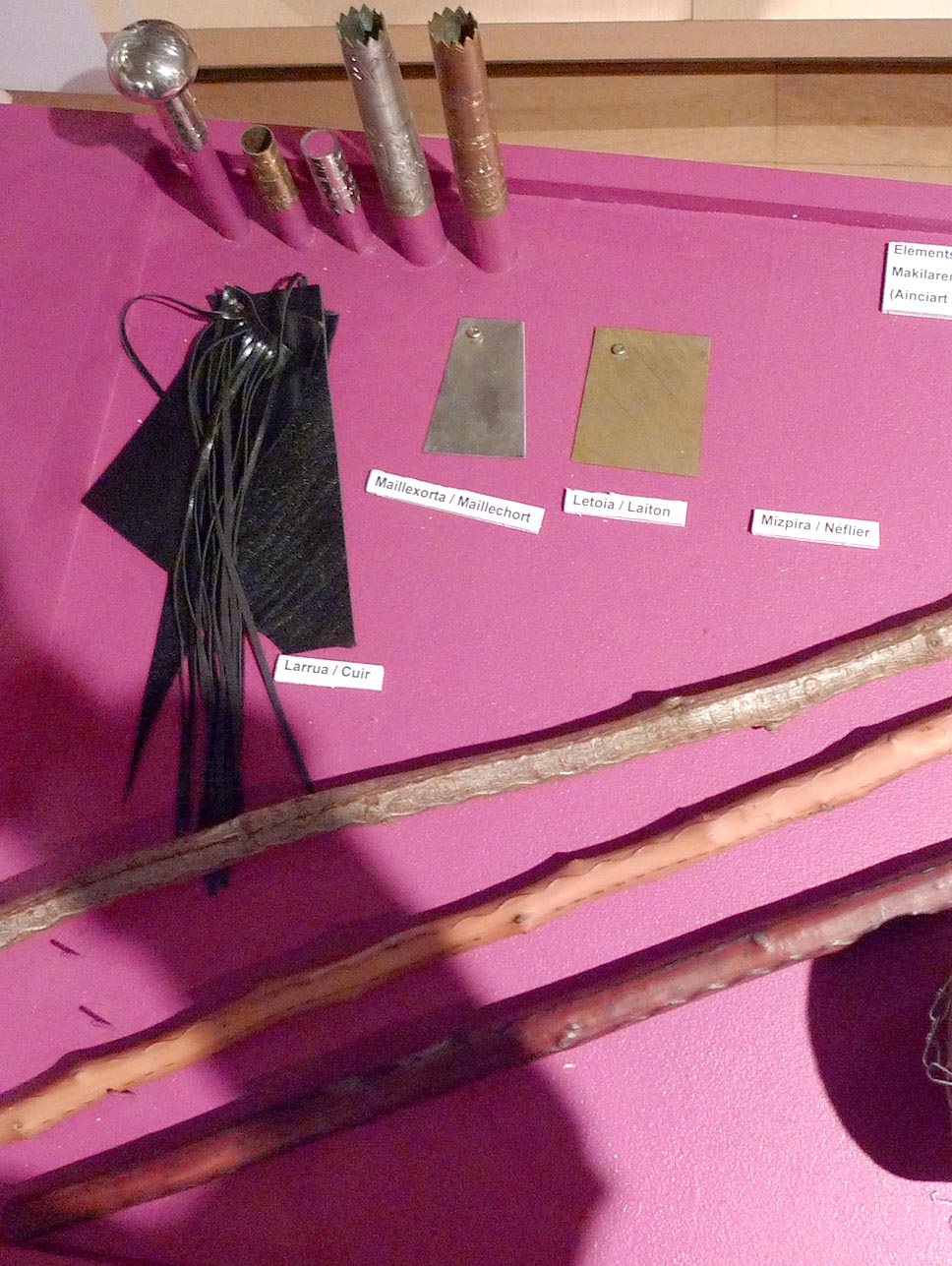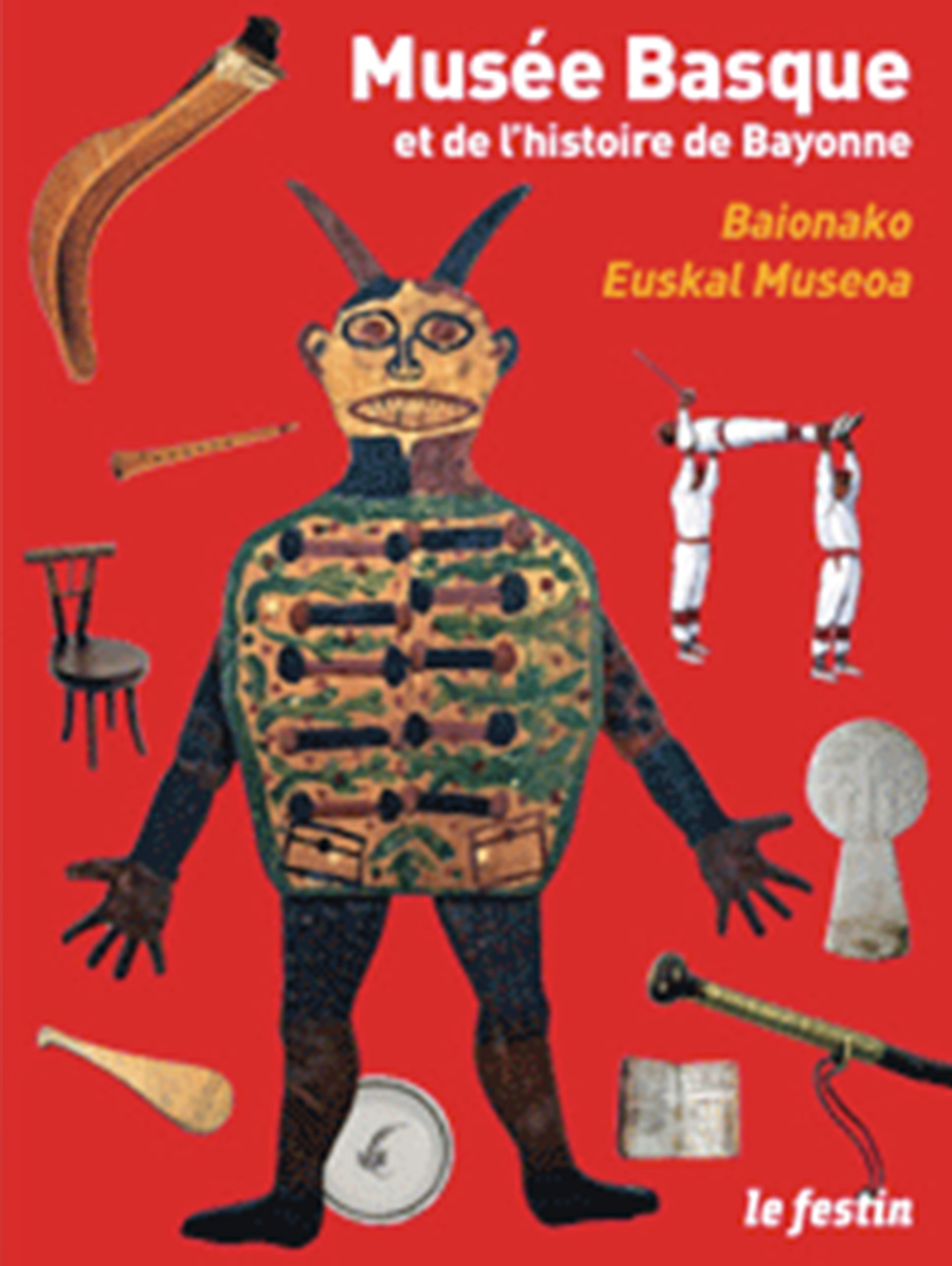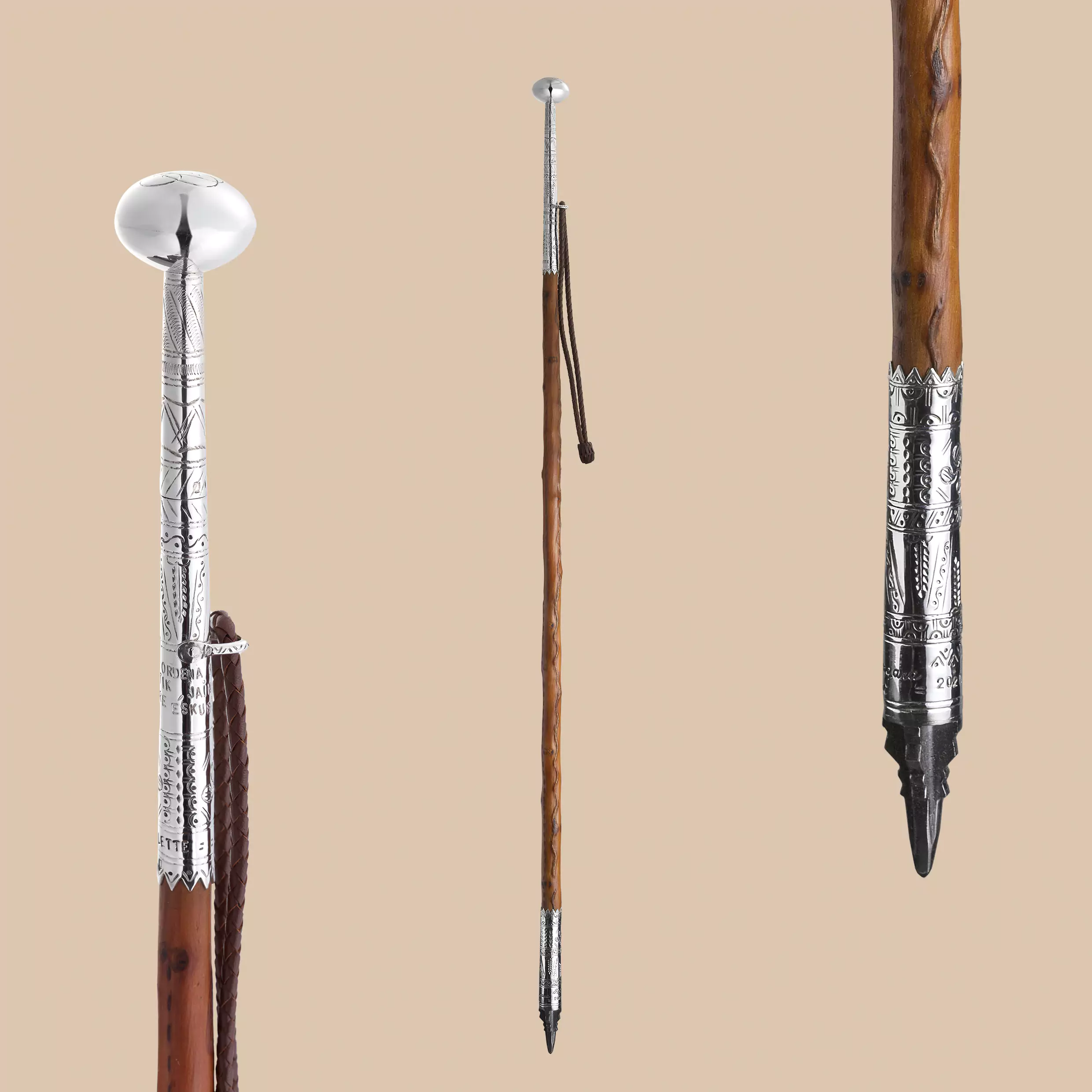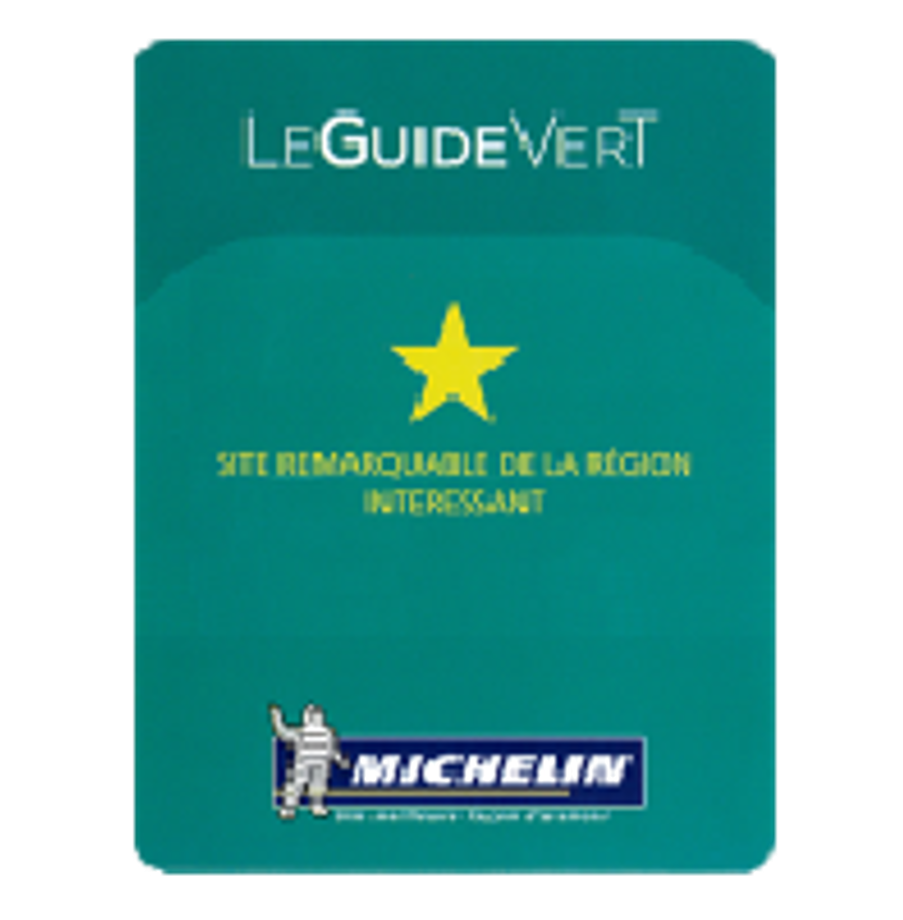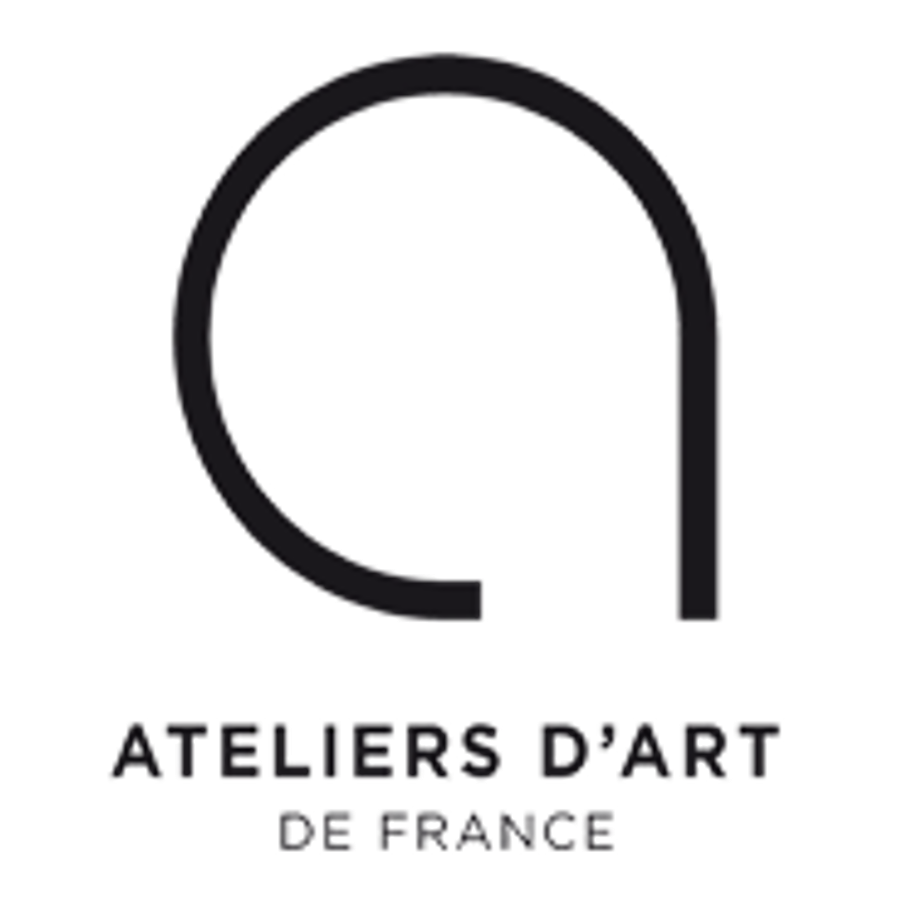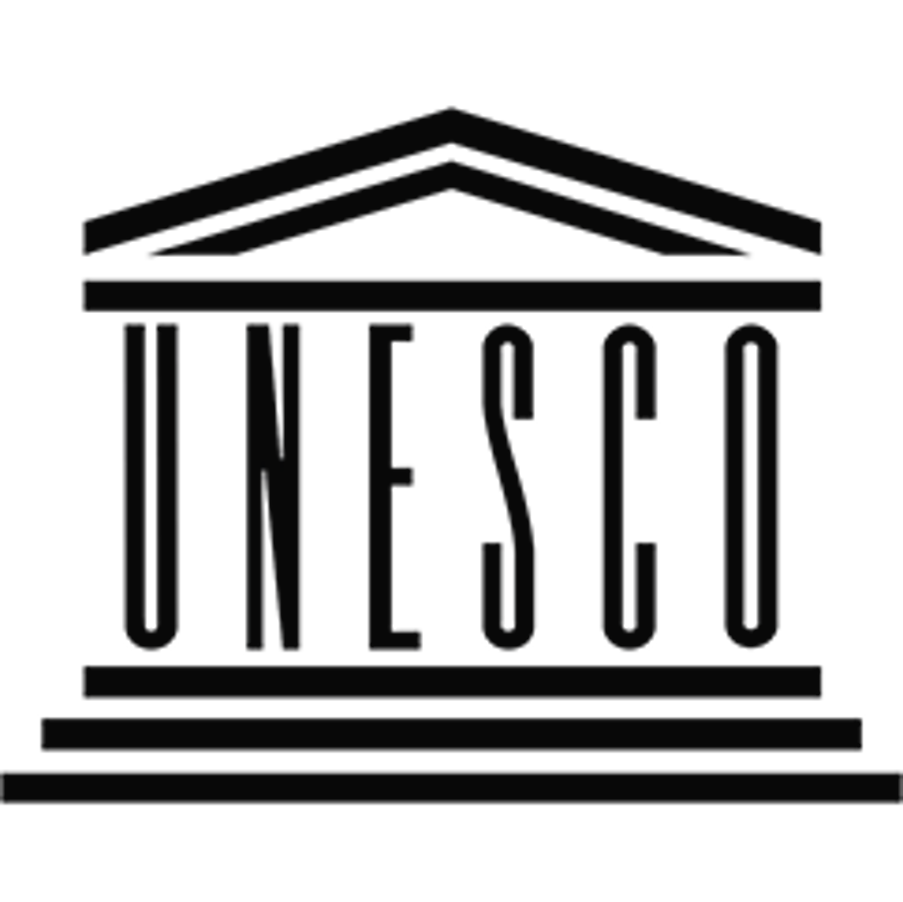A LIVING COMPANION FROM BASQUE CULTURE
The makhila, inextricably Basque for over three centuries
The makhila is a traditional walking stick from the Basque Country. More than just a travelling companion, it is an object steeped in meaning and values, that can be given as a sign of respect, affection or recognition.
A timeless emblem of the Basque Country
A daily object with mysterious origins
The origins of the makhila – makila, makilla or maquila (there are several ways to spell it) – remain a mystery. There is very little written about this daily object at a time when every Basque had a makhila. Used as a walking companion by the Basques, the makhila – which means “stick” in Basque – was part of the daily lives of the inhabitants of the Basque Country and more particularly in the province of Labourd.
At a time when means of transport were few and far between, and paths were not always safe, it was used both to walk and to intimidate, and even fend off ennemies. It was not until the 19th century that the first references to the makhila appeared in literature despite it having been present in daily life since well before then.
Inextricably Basque for over three centuries
The makhila is a steel-tipped cane made from beautiful red medlar wood, with a spike in its handle and a strap to hold it up. This is how visitors described it in the 19th century.
It can be seen in a series of watercolours dating back to 1823. This series brings together around a hundred illustrations representing different trades from that time: fisherman, cook, baker, etc. Most of the characters have a makhila. These drawings show just how much the makhila was used in everyday life in the Basque Country.
The historian Philippe Veyrin described these representations of this Basque tradition from this period: “Trousers began to replace the previous century’s knickerbockers, which continued to resist for a while. The makhila, more debonair in appearance, replaced spears, prods, daggers and swords” (translated from the French version of the work).
Felix Morel, in Bayonne, historic views and descriptions, described in 1936 the inhabitants of the Basque Country as follows:
““Basques wearing espartilles, made from velvet, with long floating hair, blue beret and national maquila” (translated from the work’s French version)
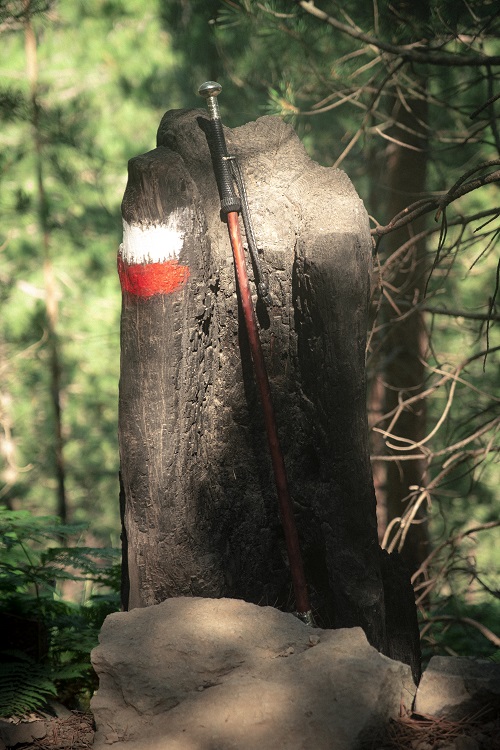
An excellent walking companion
A living companion from Basque culture
A sign of recognition and affection
Although the makhila was a daily companion for the Basques, today it is a true symbol of the Basque Country. The makhila is often given, to someone to honour, thank or even show them recognition or affection.
It can be given on many different occasions: birthdays, weddings, retirement, etc. They are perfect for inhabitants of the Basque Country, the Basque diaspora in the USA, Canada and Latin America, those interested in Basque traditions, local crafts, manual work and anyone who identifies with its values.
The makhila will also be of interest to art lovers and collectors. You can also buy one for yourself.
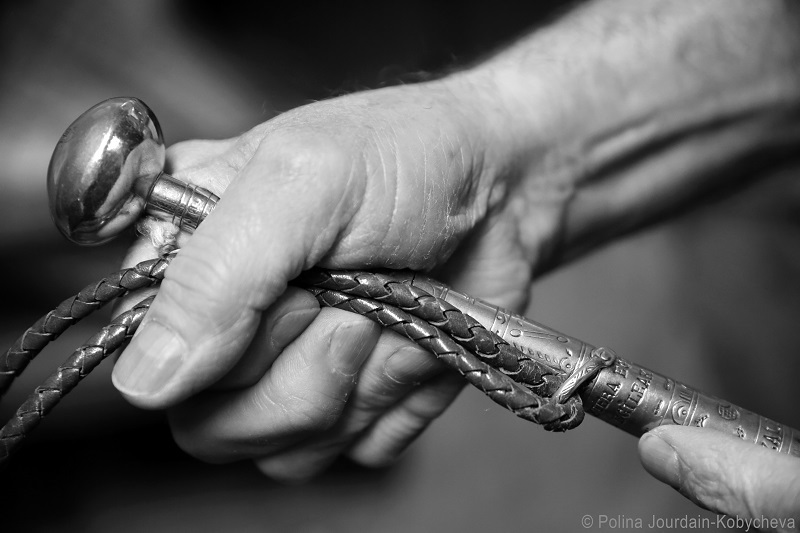
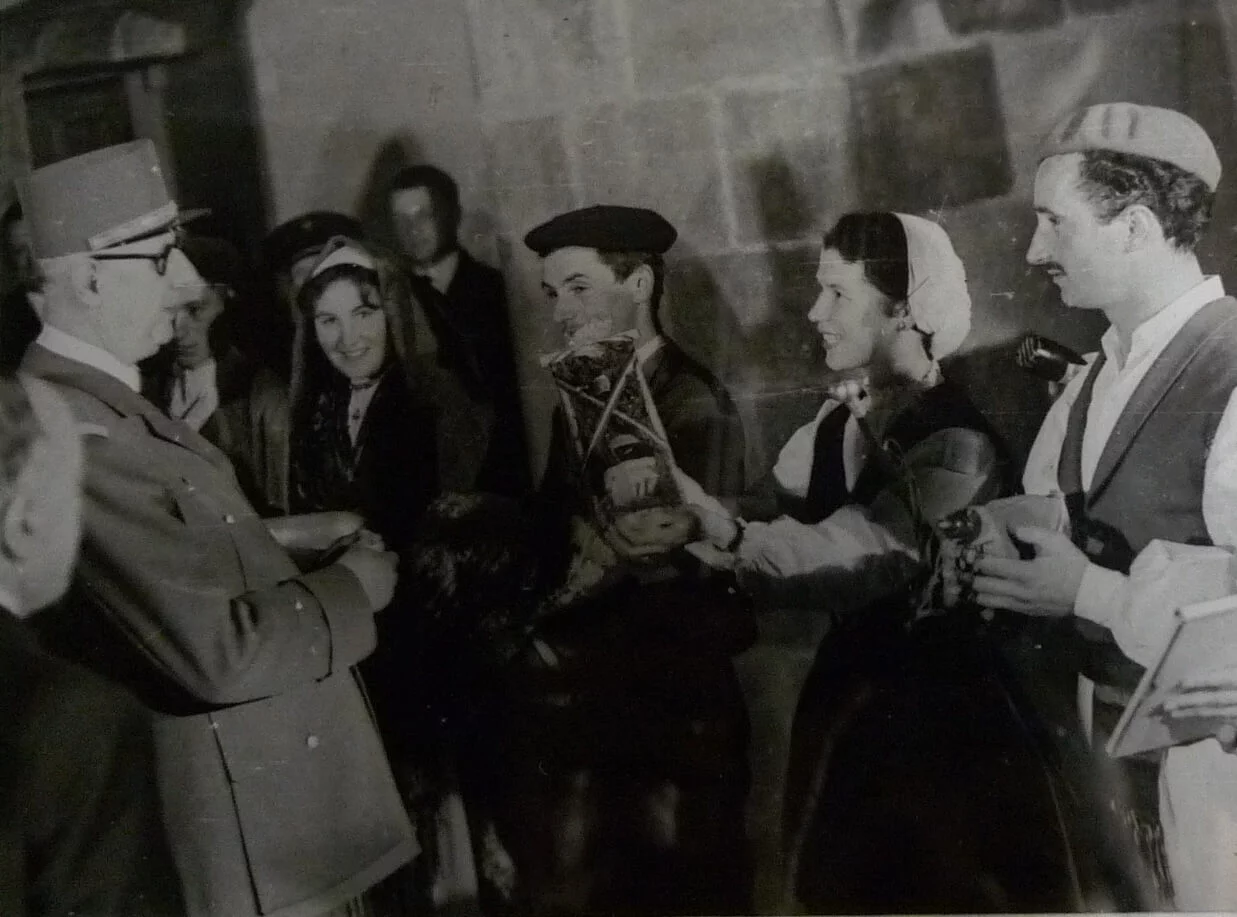
An honorary gift
In the Basque Country, the makhila is like an order of merit. It has been the perfect gift for celebrities for over a century. This workshop has made a makhila for every President of the 5th Republic. These Ainciart Bergara makhilas, ordered by institutions and private entities, were given during visits to the region and various events.
In the workshop there is a photo gallery with iconic celebrities: John-Paul II, Charlie Chaplin and Charles de Gaulle with their makhilas.
This distinction is of course not only reserved for French presidents, but anyone – whether Basque or not – who we wish to honour.
Discover the many celebrities who have been awarded a makhila in our photo gallery
An object handed down through families
In the Basque Country, the makhila is passed on from one generation to the next within the etxe (home in Basque). In the book “Symbole de la Côte Basque”, the authors mention this Basque tradition. The family’s eldest child, whether a boy or girl – etxerekoa, inherits the makila from his/her father. And they add that “no-one would ever dare take someone else’s makila!”.
The Ainciart Bergara makhila is customised with the owner’s engravings on the casing: the surname and first names, and a motto. It thus becomes a family heirloom. In our 200 year-old workshop, we often receive makhilas made for previous generations. Repairs respect the style of the period during which they were made because Ainciart Bergara’s makhilas have evolved over time.
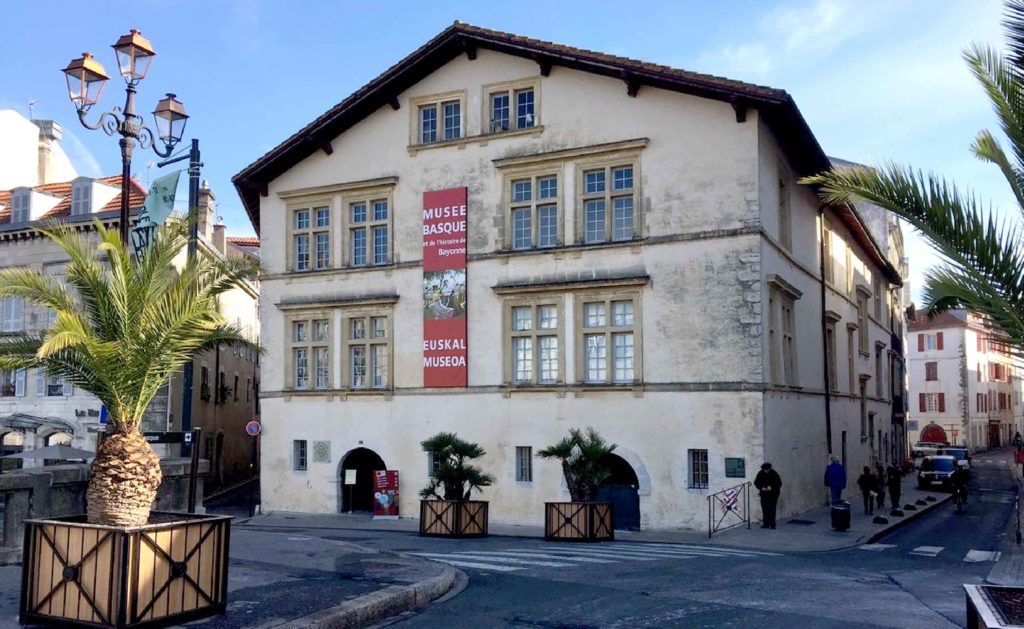
A contemporary addition to the Museum
In 1924, when the Basque Museum was created, Basque families were invited to take part in helping create the museum’s collections. Jean Ainciart donated six makhilas, made by him or his ancestors (father and grandfather). Today the Ainciart Bergara family’s makhilas can be admired on the first floor of the museum in the area dedicated to local crafts.
Some of these makhilas were donated around 100 yeas ago, others were given later on. In the same display, there are also parts and tools on exhibit used to make makilhas.
We can also observe a workbench from that period, also donated by Jean Ainciart. If you are visiting, it is well worth coming to see the 1889 makhila, made by Jean Ainciart. This is the makhila which won him the gold medal at the Paris Universal Exhibition that year.
TRADITIONAL, HANDMADE & BESPOKE
Our models
We make 3 different models of makhila. We always use wood from the medlar tree in accordance with tradition. They are all bespoke and made to order, according to the recipient’s morphology. We engrave the name and a Basque motto.


